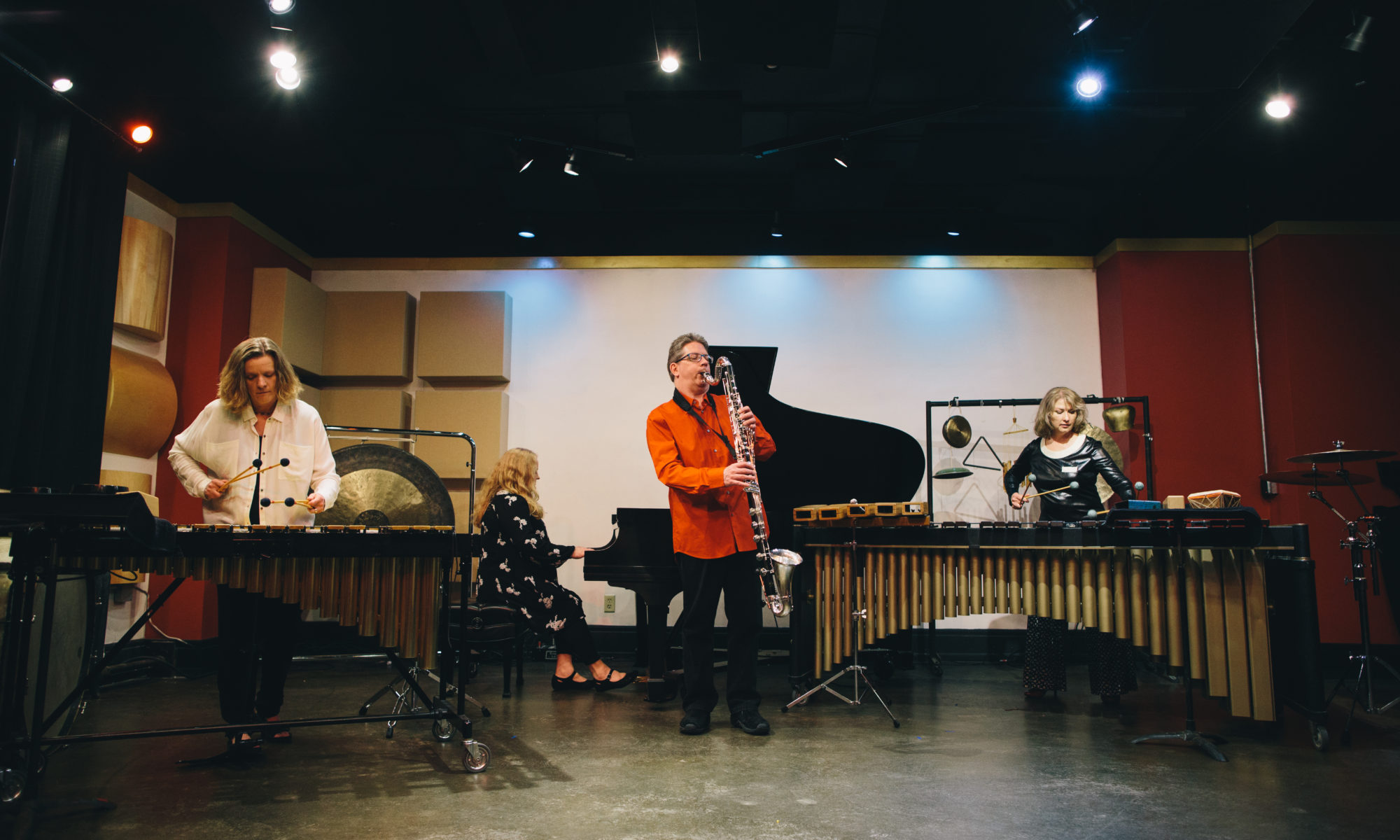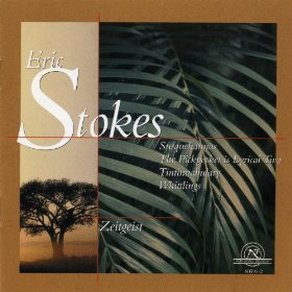Whittlings (1992)
by Eric Stokes
This one-movement work is composed as a sonic metaphor on the art of whittling. Imagine an experienced craftsman working on a block of fine-grained wood with very sharp blades. The artisan’s task is to shape the outcome by taking away much of the woodblock. One could take the view that the saxophone is to some degree the agent of the whittler or the actual whittling instrument but that view is much too simplistic. Imagine instead that all of the sounds made by the players (including the sax) are the literal actions taken in the process of paring away at the sonic possibilities inherent in the Zeitgeist ensemble. One other element to consider is the 22-beat pattern which repeats incessantly throughout Whittlings. In one way, that might be heard as the gestures of the whittler(s). In another way, one might also hear the repeating beat pattern as the actual block of material on which the whittlers, including the composer, are at work, paring away sound by sound. Finally, we are left to contemplate nothing more nor less than our own memory of our experience in hearing the performance. Did a whittled object emerge as an artifact, a memory of the metaphorical process? Or as Yeats writes in his poem “Among School Children,” are we left with a philosophical puzzle:
O body swayed to music, O brightening glance, How can we know the dancer from the dance?

